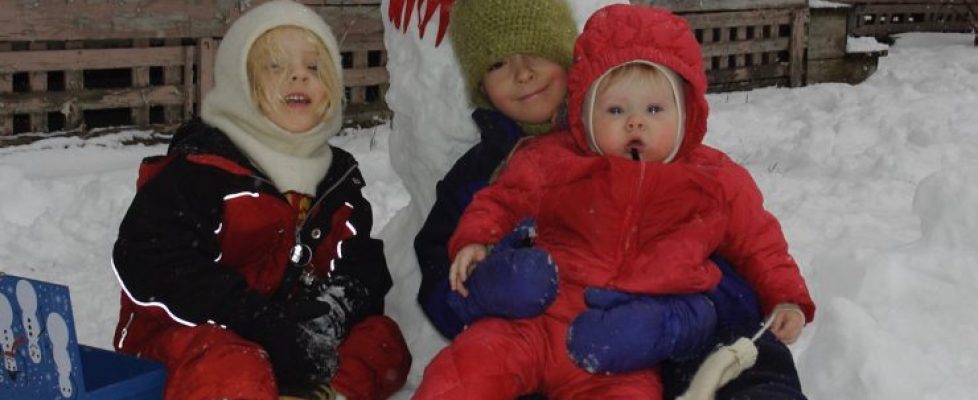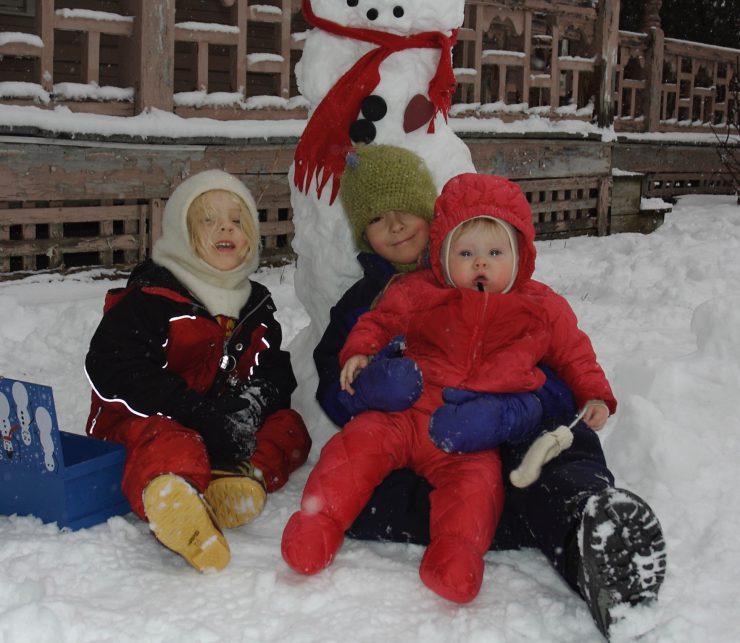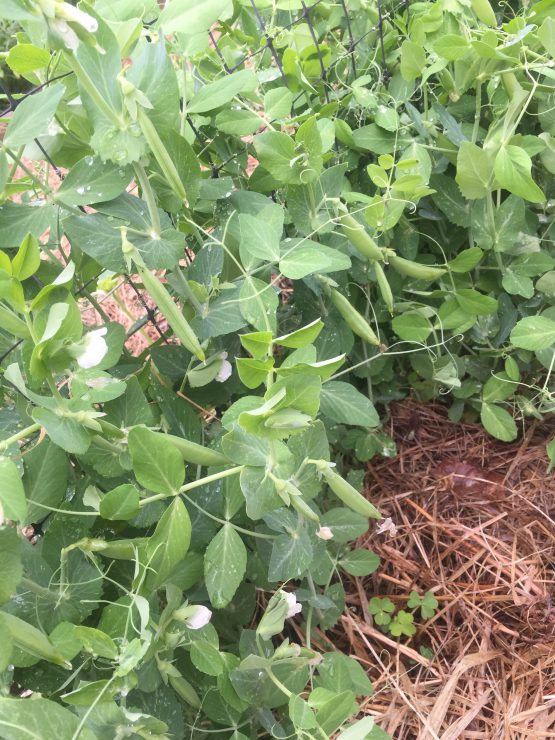Marking Seasons
Our family has lived in Vermont for over 13 years, and this place is very generous with seasons. January brings intense cold and some snow. With the returning light around Candlemas, the bitter weather abates and the season of snow really begins. On the first day of spring, we might have snow, but from mid-March to the end of April, you can feel nature speeding up. In fact, when our children were small, I found it very easy to make up jump rope rhymes for teaching the calendar because each month in Vermont offers its own unique weather.
However, our children were all born in Texas, my husband and I grew up there, and we started our Waldorf journey there. And I will admit that I found it very difficult at first to really embrace the idea of different seasons. Maybe my experience can help people in a similar situation find ways to heighten their awareness of the changes in nature and then to bring this with the warmth of their souls to their children.
Don’t get me wrong— Texas does have seasons; it’s just that they seem to be more like hot, really hot and dry, and then windy with a dash of cold. I know there are other places where there may be even less differentiation in the seasons. But, take some time to really notice. For me, hanging diapers on the clothesline multiple times a week helped me recognize that there were more seasonal shifts, they were just subtle.
So, my first advice is to spend more time outside. If you make a point of going out the same time every day, you will notice that the quality of light changes, the temperature responds to the amount of light; the air on a morning in late June really is different from the same time on a morning in July. Even in Texas, you can feel the heat begin to give way on an August evening. Just like the cold loosens its grip with the coming of February in Vermont.
When you’re outside, be observant. There were windy, hot days in August when I could hang the last t-shirt from a load of laundry, and the first one I hung was already dry. But a load of laundry on a sunny day in May might need the whole day to dry. I am certainly not telling anyone they have to line dry clothes to be good observers of the season; instead, it’s just that a regular activity will point up slight changes you might otherwise overlook. A daily walk or a weekly outdoor chore give you the chance to really notice what the season has to offer. Gardening would give similar insights.
Gardening offers many opportunities for noting seasonal changes, regardless of your climate. The barely thawed ground in Vermont will gladly accept pea or spinach seeds. Kale is a winter crop in the part of Texas I know best. A cantaloupe just will not be as sweet without some good hot weather and lettuce is really happier throughout a milder summer. Beyond these very regional observations, you will notice how soil holds moisture in different parts of the year. You can see plants really thrive in a variety of temperatures. A pea or onion, for example, knows its season and invites you to learn from it if you want the best fruit.
Animals also are attuned to seasons. Paying attention to birds and their comings and goings will give you new ways to mark seasons. In Texas, the grackles are a fall and winter nuisance. In Vermont, you hear the chickadee’s song best on a silent January morning. If you have feeders, you will also notice that certain birds come and go, while others stay year round. You might also notice plumage changes throughout the year.
Finally, try keeping a weather journal. This activity can be especially fun with a child. It can be a simple chart to mark the temperature and whether it’s raining. However, you can be more elaborate. Children can draw the weather or make notes about what they plan to do with the day. If you keep it long enough, patterns will emerge. You will see, even in very temperate climates, that things do change across the seasons and these changes, even the subtle ones, impact our lives and the lives of all the beings around us.





